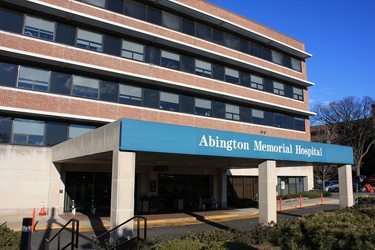Abington Hospital Administrators Now Claim Abortion Was Not An Issue
The attempted merger between Abington Hospital and a Catholic entity quickly tanked once it became public knowledge. Now Abington says it was actually just misunderstood.

The proposed hospital merger between Abington and Catholic hospital Holy Redeemer in Pennsylvania blew up under massive public and internal outcry over the new entity’s plan to not provide abortions. Now, a behind-the-scenes account explains that Abington never really planned to stop providing terminations altogether, just establish a separate protocol for the hospital itself.
Via NECN.com:
Jack Kelly is the chief of medicine at Abington, the top doctor, a voting member of the board, and a defender of Abington’s commitment to provide abortion services.
“We had a duty to look at this if it would make our hospital and our community better going forward,” Kelly said. “But I had reached no conclusions whether this was doable or not.”
Initially, he had hoped an alternative could be found. Perhaps even set up a hospital within a hospital, or turn the Levy pavilion — a building across Old York Road, connected by an underground tunnel to the main hospital — into a reproductive rights center.”I wasn’t going to turn away anybody who currently counts on us for care.”
Ivy Silver, another Abington board member, was a Planned Parenthood volunteer as a young woman.
“When I was voting,” she said, “it was with the understanding that the letter of intent is a beginning point, not an ending point. Also with the understanding that the issue of reproductive rights must be resolved. . . . I truly envisioned a way of resolving this.”
…
[Laurence Merlis, Abington’s CEO] promised that Abington would always perform abortions if the life of the mother were endangered. But critics were not reassured. They noted incidents in which women in distress and needing an emergency abortion were sent from Catholic hospitals to other facilities despite the risks.
Merlis also promised that if an acceptable way to provide abortion services outside the hospital could not be found, there was no way he or the board would ever push this partnership through.
Many didn’t believe him.
A separate clinic to provide abortions, still located within the hospital or nearby on the grounds, is a solution that has been employed in other mergers, and could have potentially worked out. However, the fact that it is considered a “solution” a Catholic hospital can live with, and that abortion is the only issue that Holy Redeemer was not willing to give on shows the church leaders’ irrational obsession with forcing women to give birth even in situations in which the mother is at risk.
